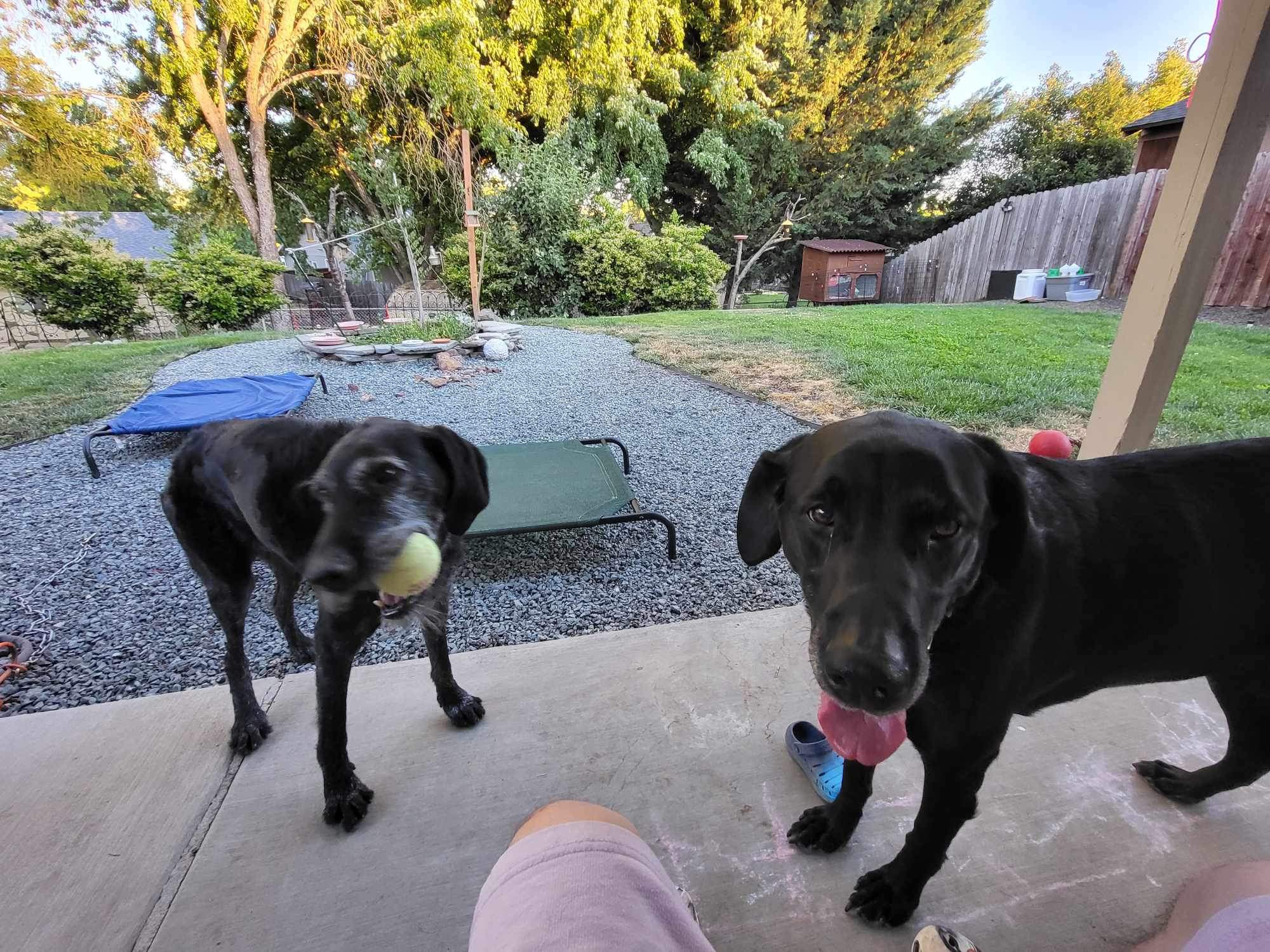
Behavioral problems are a very common issue our clients bring up, especially as our pets become more enmeshed in our lives. These days our pets are considered members of the family and there is an increased focus on their emotional and mental well-being. Not only that, but the pandemic had impacts on their lives, especially those animals who were young during the lockdowns. Those animals didn’t get normal socialization and experiences during the golden period for learning, and are often presenting as fearful, anxious individuals.
When presented with an animal with a behavioral issue such as anxiety, we as medical professionals first try to rule out any medical causes such as pain or hormonal disorders. If none are present, we move on to behavioral modification and management options.
For travel anxiety specifically, there are many factors that may play a role. Not only is the car noisy, but there is movement that may cause nausea, and lots of interesting/scary things flying past the windows. Sedative and anxiety medications can be very helpful, although best case scenario is to desensitize the pet to travel. Desensitization is a gradual process that takes lots of work. It is very important to avoid negative experiences as these reinforce the anxiety. Positive reinforcement and distractions are the best way to go. Start with basics – if the dog is scared to even get into the car, reward him for standing next to it, until that is no big deal. Then move on to getting into it while parked. Then, while turned on but not moving. Use tools such as puzzle toys, lick mats, and other treats that take a while and some concentration to get through. Don’t forget about normal meals as a tool as well! Why not feed your dog breakfast and dinner in the car? Do it enough and it will become normal, and normal isn’t scary.
Of course, training and desensitization can take weeks, months, or even years depending on the severity of the anxiety and the personality of the pet. We don’t always have time for this process, and sometimes the travel is a one-time event such as moving to another state. These cases are where we often reach for medications to relieve anxiety and provide mild sedation. We are not aiming for a conked out, asleep pet but for one who can be calm or at least a little less stressed. There is also something to be said for just powering through, as sometimes the distress is only present initially. When I moved to Canada with two cats in a mini-van, the first hour was tough with lots of complaints from the carrier, but after that both of my boys settled down and made it through like champs.
So far I have been talking about car travel. Airplanes present a different set of challenges. When you are on a plane, if your animal is in distress there is no option to pull over until they calm down. Because of this, there are certain breeds and certain individuals that I recommend avoid air travel completely. French Bulldogs, pugs, and other squished-face breeds are at high risk of respiratory issues and there have been some tragic deaths. Additionally, any dog or cat that is high anxiety with an aggression component should not be taken on a plane.
Each individual case is different, and not all pets need the same interventions. At Bear Creek Animal Clinic we prioritize spending the time it takes to get to know the patient and their specific circumstances, as well as owner preferences. Our goal is a happy, healthy pet!
